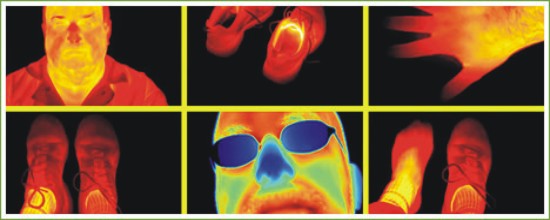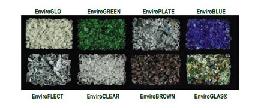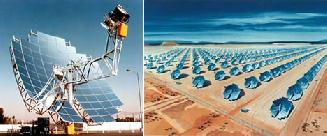
We all know that solar cells only absorb visible light wasting the infrared and ultraviolet rays which limit the energy that can be created from the sun as they absorb only 30% of sunlight. Thirty years ago, the theoretical maximum efficiency was 6-7%. Band-gap of the materials they used couldn’t provide more efficiency than that! A small range of the solar spectrum was absorbed, unless the cells working at different wavelengths could be also be cascaded in some way. However the new age researchers from Spain have decided to do some damage control and improvise the situation with their new striking idea!
According to their theory a conventional semi-conductor which includes atoms of titanium and vanadium and altered electronic properties can be utilized to help boost the solar cells. Hence making use of different parts of light spectrum can truly be considered as a stepping stone for these electrons! Semiconductor solar cells produce electricity when photons carrying just the right energy are absorbed by trapped electrons, boosting them into a higher energy level where they can flow freely. This new material can harness both visible and infrared photons, so it has a theoretical maximum efficiency of 63%, and should give significantly better real-world performance. Cells are tuned to visible light because visible photons vary little in energy, but reach earth in very large numbers.
However most of the times researchers issue optimistic press releases on their latest projects, majority of which never turn into practical, available technologies and products. If the results of the research proves to be true then we would surely see a major turning towards the widespread use of solar energy.
Via: Ecogeek




